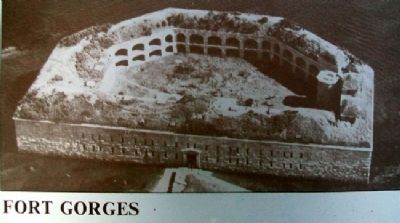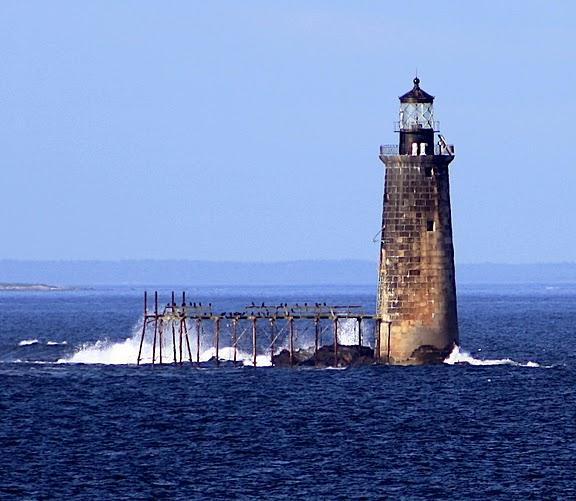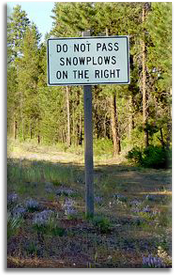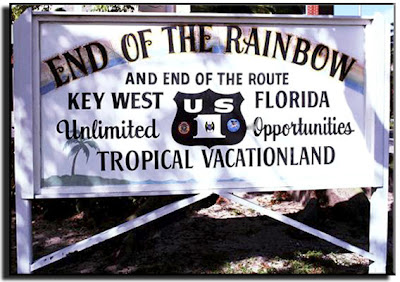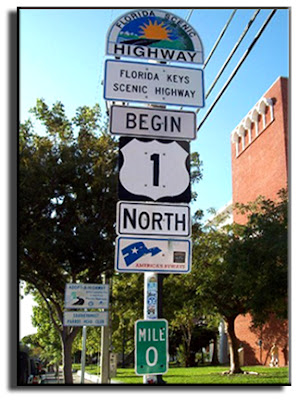Big Indian, US1, Freeport
Bruce and I were driving along US 1 toward Freeport when we came across this Indian statue. We snapped a picture of it at high speed, but didn't know what it was, since it didn't seem to be a sign for any of the businesses next to where it stands. It is in front of the Conundrum Wine Bistro. Just beyond it is a sign for Winter People Image Marketing.
After searching on the internet I found that the current owners, Winter People Image Marketing specializes in corporate and retail clothing that coinsides with the "Maine Way of Life." the statue is known as, The Big Indian or BFI by the locals. We can only assume the "F" stands for Freeport.
The Indian was commissioned in 1969 by the owner of the Casco Bay Trading Company, Julian Leslie, which sold "Native American souvenirs and curios, largely made in Japan. The statue is a large male Indian scultped by Rodman Shutt, Julian Leslie, and Mike Leslie. The Indian is also known as Chief Passamaquoddy for the tribe that used to reside in the Casco Bay area. It was built for $5000 and is 40 ft tall and 15 ft wide. It is painted epoxy resin and fiberglass over welded steel angle irons or steel rods, chicken wire and papier mache, secured with wood braces and guy wires added for support after a hurricane. Its base is concrete.
When Julian Leslie retired, the buildings and statue were sold to the Badger or Badge-A-Minit Ltd. company, who then sold the building to Levinsky's clothing store. Phil Levinsky had the sculpture restored. The facelift included structural reinforcement and a repainting using weatherproof marine paints to bring back the Indian's bright colors. The restorers even had to pull arrows out of the beleaguered Indian that had been shot by archers.
When Julian Leslie retired, the buildings and statue were sold to the Badger or Badge-A-Minit Ltd. company, who then sold the building to Levinsky's clothing store. Phil Levinsky had the sculpture restored. The facelift included structural reinforcement and a repainting using weatherproof marine paints to bring back the Indian's bright colors. The restorers even had to pull arrows out of the beleaguered Indian that had been shot by archers.
The Big Indian has seen it all: once standing in front of a
Native American goods store, to clothing outlets, to a ski equipment
company, and now an image-marketing firm, Winter People.
This Indian statue is included in the Art Inventories Catalog of the Smithsonian American Art Museum. As impressive as this statue is, as you are driving along US 1, the Smithsonian reports that the statue has been the subject of some controversy. Native Americans feel the statue is inappropriate and disrepectful of their heritage.
In researching who Chief Passamaquoddy was, I find no reference to an actual person, but only to a tribe that are the original natives between Maine and New Brunswick. There is a great website designed for kids that gives a quick overview of this tribe: http://www.bigorrin.org/passamaquoddy_kids.htm.



